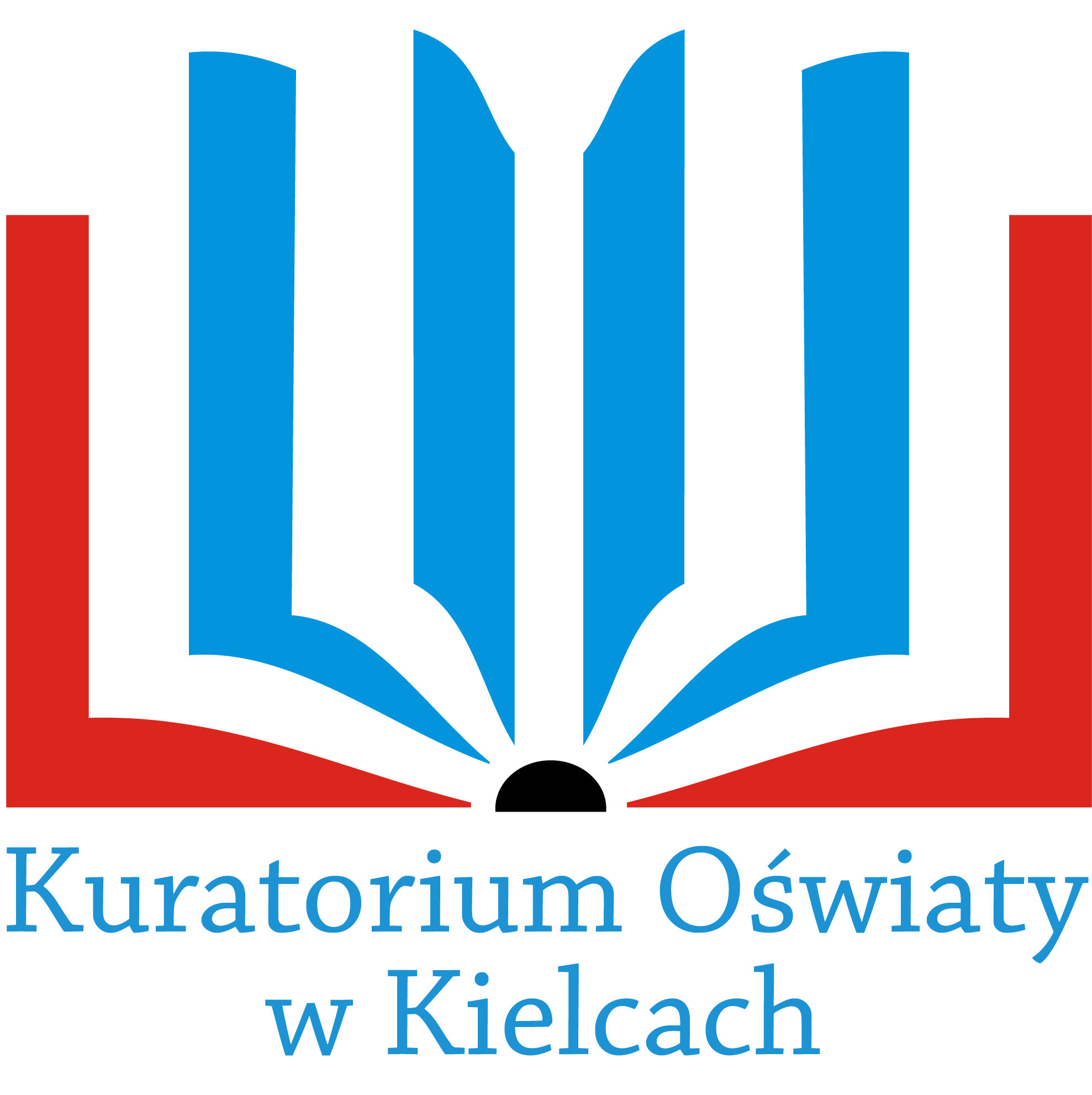Well, I’m a nerd!
10 March 2015
Kinga Panasiewicz is only 17 and a planetoid will be named after her. She conducts her own brain studies, cooperates with renowned scientists and wins international contests. She says that she was inspired by illusionists.
Kinga Panasiewicz*: There is a trick – an illusionist sits in front of you and there are two handkerchiefs on a table. He shows that there is a coin under the first handkerchief and that there is nothing under the second one. And then suddenly the coin appears under the second handkerchief. The magician manipulates your attention so that you do not notice a magnet hidden under the table that is moving the coin.
Małgorzata Minta: Do you find it interesting?
Illusionists deceive the brain. I wanted to learn how to do this. Later, I became interested in how the brain is constructed, how it works. And I found out how little we know, even though we ARE our brains – now my brain is talking to yours!
Why are we tricked by magicians?
Because we are not aware of many processes in our brains. Everything we consciously see and hear is only a fraction of what we receive. Now, when we are talking, the brain “cuts out” the voices coming from the nearby table or the noise the coffee machine makes. It ignores even the sight of our own nose.
But why?
– In fact, we see our nose very clearly, but this sight is just ignored because we don’t need it. The brain can ignore unnecessary things and filter information. If we allowed all of them to enter our consciousness, we would soon overload the system.
How do you know all of this? I don’t believe the complexities of neurobiology are discussed in high school?
– My curriculum involves an extended mathematics and physics programme, so I have only a basic biology programme.
I had perhaps two or three lessons devoted to the nervous system and the brain. I looked it up myself.
The school started to help me when I applied for contests – first for E(x)plory, and then for Intel ISEF. My biology teacher explained it to me how to plan and conduct experiments.
How did you get to Intel International Science and Engineering Fair?
By accident. One day during a break between classes I was going through news on a popular science web portal and I came across an announcement about the registration. I was in a hurry for a lesson and I was not going to click the link… but I did.
I read the comments posted by the previous laureates on a website and thought, “Maybe I should apply as well? It would give me better motivation to work on my research studies.” You know, deadlines are the best motivators.
Did the idea for a research study come to you long before the contest?
– Yes. It was the already mentioned interest in illusionists, books and films.
Once I came across an article by Prof. Peter Uhlhaas. He writes that under some conditions, such as schizophrenia, a resynchronisation of nerve impulse transmission between different centres is observed.
One of my relatives suffers from schizophrenia. The most popular treatment for this condition is medications. But they often cause side effects, such as drowsiness.
Then I found out that this phenomenon is also observed in other diseases e.g. Alzheimer’s disease.
And I thought that perhaps something can be done about it, that those impulses may be synchronised and the medications reduced. It is quite idealistic; I don’t know if I can make it happen.
What is brain synchronisation?
-The brain is divided into centres responsible for certain functions. Some of them are localised in both hemispheres – e.g. the centre responsible for sight. And some of them only in one – for instance the centre responsible for language.
You can often hear that our brain hemispheres are different and specialised – the right hemisphere is more creative, it better deals with new situations and the left one is more analytical, it thinks in a linear way. The reason for that specialisation is that it is easier to synchronise the work between centres localised in the same hemisphere e.g. because the impulse transmission between them takes less time.
So how can one synchronise an unsynchronised brain?
– I thought that the exercises requiring the coordination and cooperation of different brain centres, especially those localised in different hemispheres, could be useful. So I started doing research, reading, writing to scientists…
Like “Hi, I’m Kinga, I would like to ask you a question…”?
(laughs) Exactly! I thought that I’ve got nothing to lose; in a worst case scenario they won’t write me back. I introduced myself and explained that I was a high school student who was preparing a school project on the synchronisation of the brain function and asked if I could ask them some questions related to that subject.
Did they ignore you?
– it was complete success! All of them responded, some of them even after one hour. And they were always very kind. The fact that renowned scientists from the most prestigious universities devoted some time to me motivated me even more.
How long did it take to do your research?
– The preparations lasted half a year, so longer than the study itself. First, I recruited volunteers. I had no funds, so my friends and schoolmates helped me out. I divided them into a study group and a control group. Then I used tests to find out which hemisphere is dominant in each person. I designed control experiments that tested the volunteers’ brain functions.
And exercises they performed every day for six weeks.
What were the research studies about?
Those were about performing various exercises simultaneously. Thanks to the sources I read, I knew which stimuli are better analysed by which hemisphere. A stimulus more attractive to the right hemisphere was presented to the left one.
It also required a reaction of the left hand – the one controlled by the right hemisphere. Some of the exercises could be found already, but the most important ones I developed myself; next, I prepared an exercise programme that included them. By doing so I was trying to make brain centres cooperate at a maximum level possible.
Once a week I would meet my lab rats to evaluate, amongst others, by means of control tests and EEG if the exercises produced some results.
And do they work?
– The study participants were less susceptible to hallucinations, had better memory and more effective reactions. They did various tasks better.
How come you had access to an EEG?
– My school asked the local hospital if I could enter the lab. Mr Andrzej Jerzyna, responsible for the lab, explained everything to me and gave me access to literary sources.
I succeeded, because I was surrounded by good people and friends. There would be no award if not for the volunteers, my parents, and my siblings. All I wanted was to take them all with me on stage in Phoenix, Arizona, the USA, [where the contest took place] to show that it was our joint work.
Apart from all that you had to go to school.
– The studies usually took whole weekends, sometimes even evenings on weekdays. I had no time to lay around. And, to be frank, I love lying around! Sometimes I felt like giving up and throwing it all away. But then my parents, friends and colleagues would step in.
What was the competition like?
– It was great. A lot of people from around the world, completely different, but talking the same language, the language of science. The whole week in the USA was like a picture cut out of a colourful brochure and inserted into my life.
And apart from the brain and school?
– Astrophysics! It’s my second hobby. It is uncanny when I’m looking at the stars and I realise that the light that gets to us is billions of years old. Science may give us as much spiritual experience as religion.
Neurology and astrophysics are natural sciences that are commonly believed to be not very “feminine”. However, sometimes it is said that especially girls should be encouraged to take up the sciences.What is your opinion?
– No pressure. If a girl is not interested in technology, why would she go to a university of technology and struggle? If I and some boy applied for a post-doctoral internship and he was better, he should win the competition. Qualifications are all that matter.
What I love about my parents is that they have never been pushing me into doing anything. Of course, they were telling me that knowledge is important and were making sure that I studied. But they have never said: “Kinga, you must become a doctor, Kinga, you must become a physicist.” They’ve said: “Kinga, you can become whoever you want to be and do whatever you like.” I don’t believe that if someone has predispositions for becoming an excellent lawyer and is interested in it, he or she should study engineering just because it’s hot right now.
The competitions are over. What’s next?
– Graduation – I want to go to college. I like both physics and medicine. Apart from Polish universities, I am considering, for example, Oxford or Cambridge. Those universities are really available – you just need to show that you are determined to get there. There are loans, scholarships. Everything can be done.
Who has shown you that science can be fun?
– When I was little, my grandpa bought a microscope for my older sister, who was interested in biology. I loved to observe her making specimens and finally I started to do it myself.
Moreover, my parents have always been saying that learning is important – not learning at school, for grades, but learning for life. They used to take us to interesting places and the holidays were never about spending time in a hotel and visiting the same places. My dad likes taking new routes. Our journeys were always accompanied by amazing stories. Whether in the Bieszczady Mountains or in Croatia, our parents tried to encourage us to talk to people and to discover new places.
Have you ever been called a nerd?
– It happened in primary school. But I consider it a compliment – I gain knowledge, I’m good at it and I achieve something. Now, there are many people like me in my group at school.
*Kinga Panasiewicz is a 17-year-old student of the Staszic High School in Hrubieszów. The laureate of the second award in this year’s edition of the Young Scientist Festival “E(x)plory” and the laureate of the 2nd place in the Medicine and Health category in the most prestigious scientific competition for youngsters, Intel International Science and Engineering Fair, in which she was awarded 1.5 thousand dollars. During the final in Phoenix she competed with almost 2,000 teenagers from around the world. One of the planetoids discovered thanks to The Lincoln Near Earth Asteroid Research (LINEAR) programme will be named after her.
Source: wyborcza.pl



























